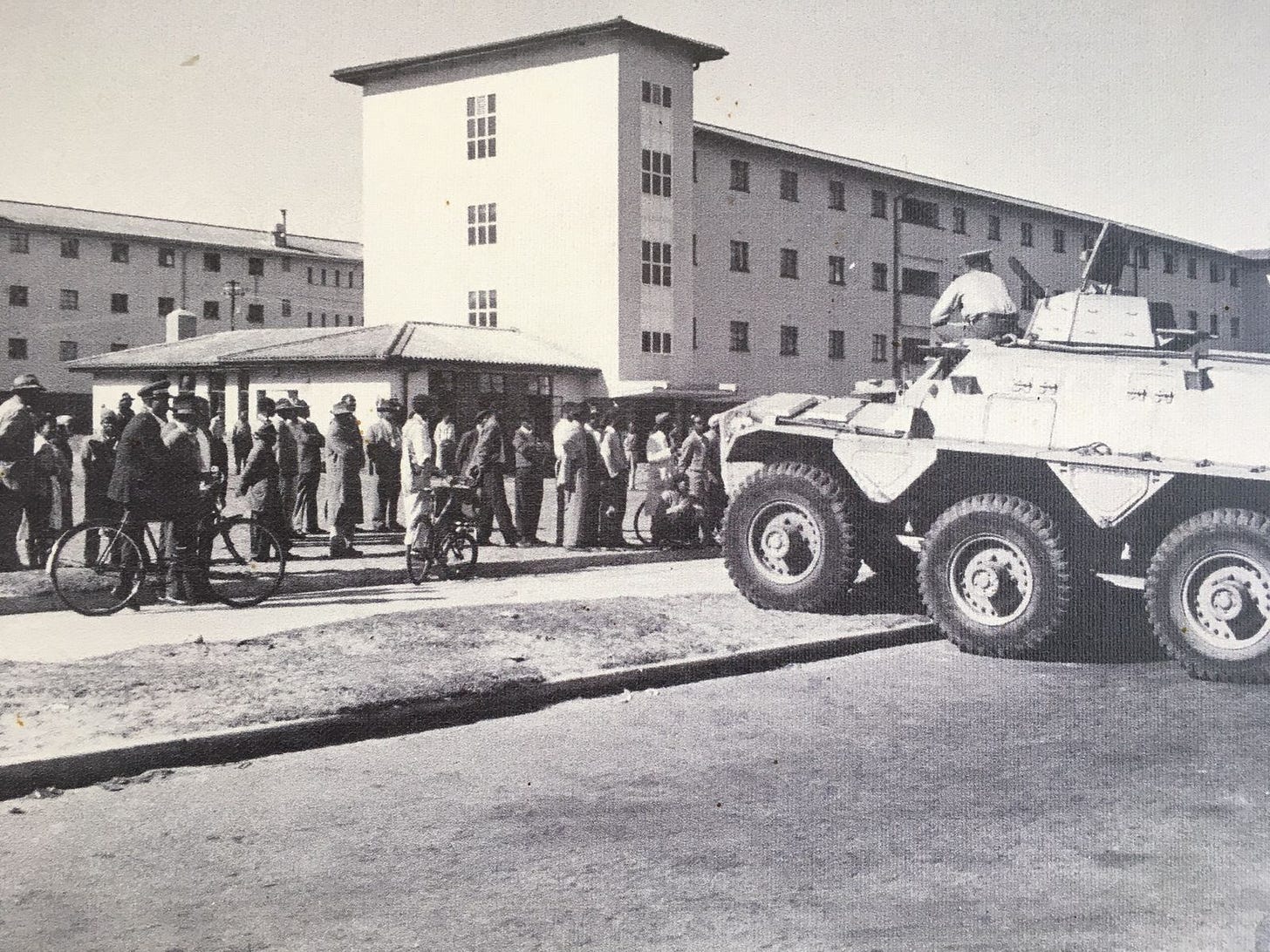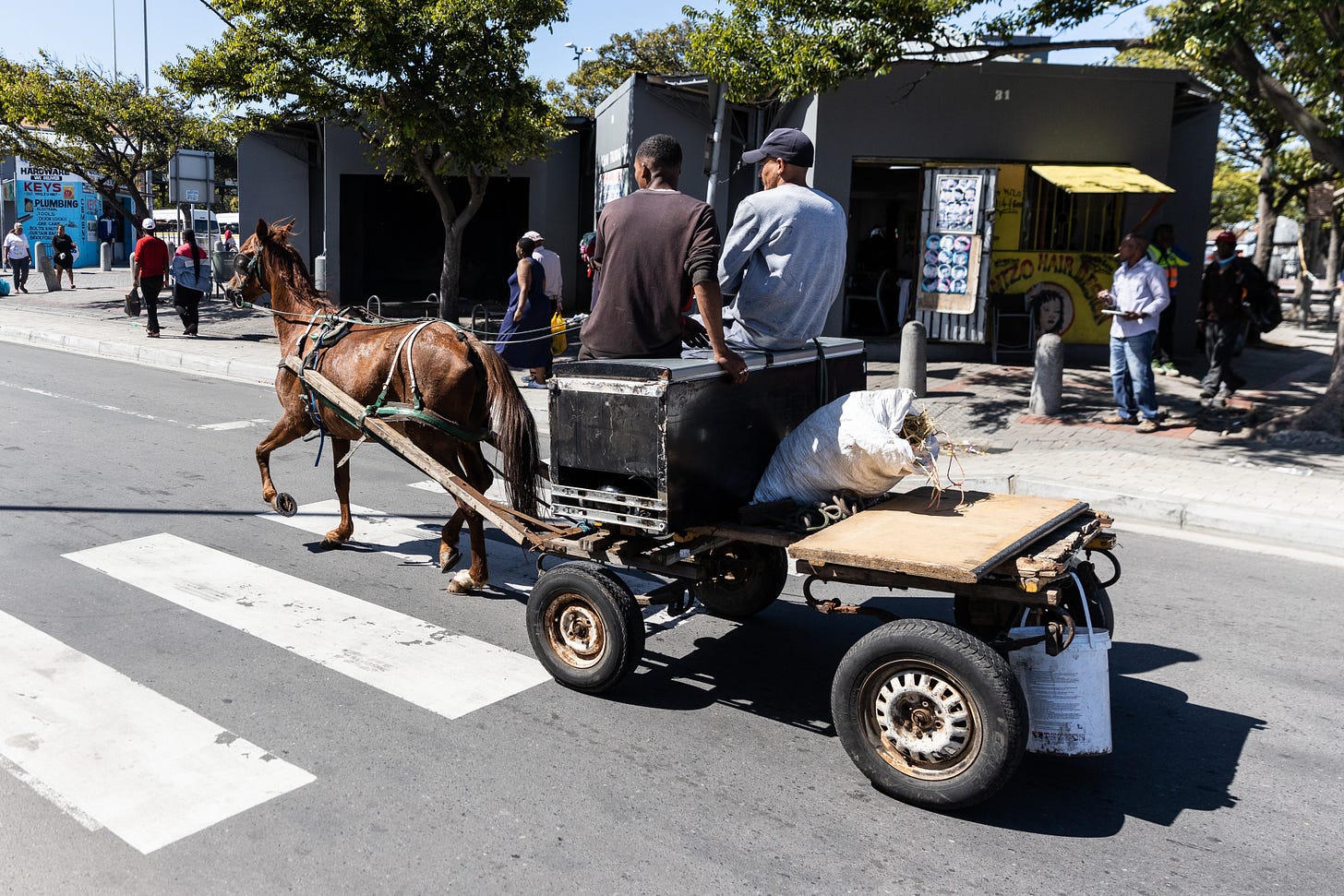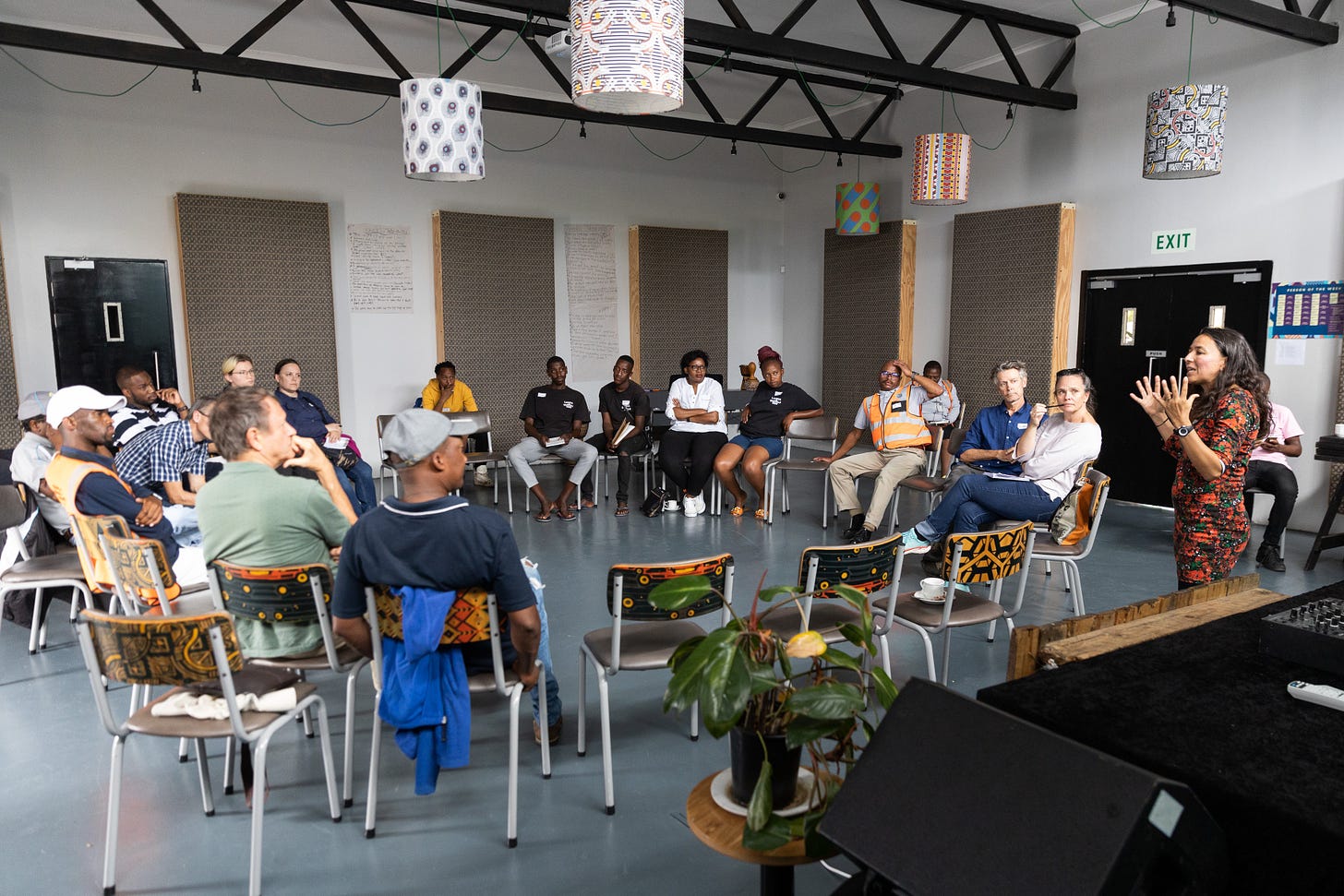Redeveloping Mobility and Public Spaces in Langa: A Post-Apartheid Design Challenge
Langa, like other neighborhoods in South Africa, faces a multitude of challenges when it comes to urban mobility & public spaces. Current infrastructure still prioritizes cars & this needs to change.
Spatial divide on mobility and public spaces:
Langa, a township in Cape Town, South Africa, has the potential to be a role model for reinventing and supporting a community through urban mobility and public spaces. Its name in Xhosa means "sun," and the township was built in phases before being formally opened in 1927. It was developed as a result of South Africa's 1923 Urban Areas Act, commonly known as the "pass laws," which forced black Africans to move from their homes into segregated locations.
Similar to Nyanga, a township next to Langa, it was one of the many areas in South Africa designated for black Africans before the Apartheid era. It shares the status as one of the oldest suburbs in Cape Town and was the location of much resistance to the Apartheid state. Historically and in contemporary times, cycling, an affordable means of transportation, has played an integral part when it comes to mobility for non-white South Africans. While everyone should cycle and do so safely as a form of commuting, black Africans had to cycle as a result of being excluded from big infrastructure projects or being able to rent or buy a house in well-located neighborhoods close to job and other opportunities.
Fast forward to today, many South Africans in places like Langa still cycle and walk as a form of commuting due to the current and ongoing transportation crises we face in places like Cape Town and elsewhere. Furthermore, there is a lot we don’t know about the important history of cycling in South Africa or the many benefits it can bring to our communities as it can directly and indirectly solve the main problems we face as a country.
Many people still view cycling as a recreational sport for the privileged or as a white-only sport. But if you go around and ask both past and current generations of communities in Langa, they will tell you that bicycles have been moving them around in a dignified manner for centuries, whether it is to report to work or visiting friends and family.
Langa has only one exit and one entrance, designed to keep people off the main streets during a protest. As a result, the roads leading out of Langa make it impossible for pedestrians or cyclists as they still favor speed through 8-lane roads. Moreover, many residents in Langa cycle or walk in the early hours of the morning where they have to cross minor and major arterial roads that are very unsafe, while still being harassed by speeding motorists and trucks.
These apartheid-era roads are still being maintained by City of Cape Town engineers today through inappropriate road classifications and road layout designs, where a younger generation in Langa are yearning for safer streets through traffic calming and better-connected and safe cycling lanes.
In Langa, pavements are crowded, and wheelchair users have to reclaim the streets every day when they commute. Furthermore, the young, old, and those in wheelchairs get harassed by motorists during the week, and during the weekend, it is even more dangerous as they have to deal with drunk drivers who go above the speed limit on wide and straight roads.
Langa is just one of many communities in Cape Town where the majority of residents either walk or cycle to school or work, far out of the view of middle to upper-class South Africans who daily compete in the rat race, driving in their big cars to work that shouldn't be a way of life. While South Africa’s infrastructure is biased towards driving, walking and cycling can be a safe and reliable alternative if we re-engineer our roads.
Langa, like many other neighborhoods in South Africa, faces a multitude of challenges when it comes to urban mobility and public spaces. The current infrastructure prioritizes cars, despite the obvious benefits of safer streets and connected cycling lanes. However, going into 2023, there is a golden opportunity to reimagine the spaces in and outside of Langa to show South Africans the future neighborhood where people and nature come first, not private cars.
What are the challenges for mobility and public spaces in Langa?
One of the major challenges for mobility in Langa is the lack of infrastructure for cycling. With only two cycle lanes in the neighborhood, which are often used as car parks, there is a big need to redevelop and expand these lanes with barriers to prevent cars from stopping on them. Additionally, road infrastructure upgrades have been happening for many years in Langa, but with limited public participation, resulting in bad outcomes that do not serve the urgent needs of the community.
Public spaces in Langa also face significant challenges. While there are more than 11 public spaces in the neighborhood, many of these spaces are becoming dumpsites, and the ones that are habitable are controlled by a few who select who gets access. Community halls and sports facilities are controlled, and priority is often given to institutions like churches rather than the community they were designed for. This creates difficulties for community members, particularly when trying to access public spaces like netball courts, which are often given priority to churches, and many government-owned facilities for public spaces are closed on weekends.
The lack of access to scholar transport for school children is also a significant challenge in Langa. With many children attending schools in nearby areas, they have to walk long distances on unsafe roads, and many resort to organizing their own walking busses to make the journey safer. Similarly, people who work in nearby industrial parks have to resort to unsafe walking and cycling routes to get to work.
Lack of public participation and evidence based planning when it comes to public spaces and urban mobility
To address these challenges, there is a need for new engineering standards and a government that values transparent and meaningful community participation. It is clear that the solutions are there, but they require evidence-based planning and a platform that reconnects, supports and helps the government have a better relationship with the local community. Such a platform can work in tangent to transform Langa into a leading model of a neighborhood in 2023, where both communities and decision-makers are brought into the fold.
Langa has a rich history and future to tell and share when it comes to urban mobility and public spaces. By amplifying old and new voices and forming collaborations between communities and government, a new paradigm can be created that sees Langa make small but significant changes to roads and public spaces.
It is time to reimagine Langa through urban mobility and public spaces and rekindle the lost era for South African cities.
The Langa Mobility and Public Space Platform is currently in progress. Please reach out if you are keen to participate and help with any resources. This is an initiative by the Langa Bicycle Hub in collaboration non-state actors with the Active Mobility Forum by Young Urbanists South Africa and the Bicycle Mayor of Cape Town.








